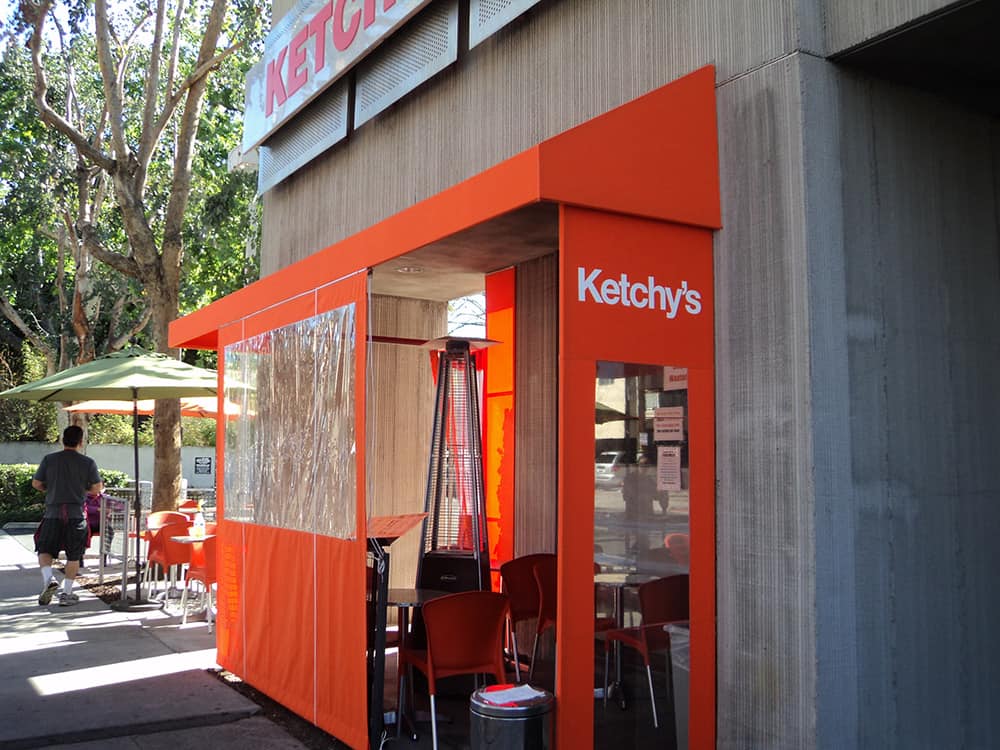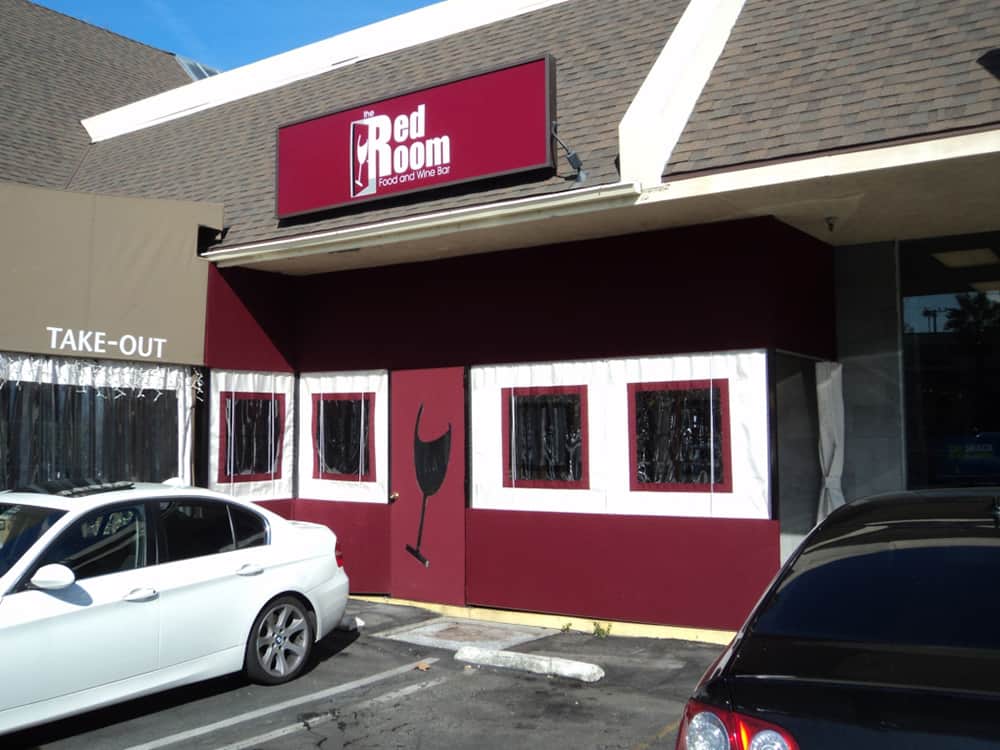Awnings on your patio are great for making your home or business more elegant, unique, and welcoming. Covering an outdoor space of your house or business place with beautiful awnings is a way of also making them look flawless. Apart from the flawless look, it is also a great covering that can be used for dining and recreation.
A patio awning protects the outdoor area from harsh weather conditions by shielding the sun and wind away, thus creating a wonderful terrace suitable for hanging around. They also extend the living space in homes, therefore adding value to the home’s worth.
The positioning of awnings varies depending on the intended usage. For instance, awnings can be positioned over a door, a window, or above the area along a sidewalk in residential buildings.
Restaurants find awnings useful for reception, dining, and parties, so they cover a significant amount of their terrace with patio awning. Buildings like hotels may have their patio awning at the entrance to make their business more inviting.
Since businesses find every opportunity to promote themselves, they often paint their awnings with their business information, which acts as a sign or billboard.
Choosing a nice design that fits your home, restaurant, or business place makes it look more appealing to others.
We discuss all the things to consider when choosing a patio awning here.
Awnings have been around for a very long time. In ancient times, awnings were used by the Egyptian and Syrians. They were used to protect people and goods from the hot desert sun.
Awnings can be described as a roof-like cover commonly made of canvas and placed over the outside wall of a structure to serve as a shelter from sun, rain, or wind.
The patio is a paved outdoor area adjoining a house, and it is used for dining or recreation.
Patio awning is a roof-like material designed to both shelter and add beauty to the patio. It is commonly found outside homes, hotels, restaurants, and bars.
Patio awnings can be comprised of different colors, materials, sizes, patterns, and even different forms or shapes. The variation in their design might be to suit a particular condition. For instance, light colors are preferred to dark ones in a hot region and vice-versa.
Their use is not limited to shielding the outside area they are covered with alone; they also reduce the amount of heat indoors.
There are different types of awnings, and each type has its benefits. You must consider where you want the awning or the purpose of it in order to choose a suitable awning.
Since awnings are installed outdoors, they are often made of high-quality materials that can withstand all weather conditions. We discuss the common types of awnings below.

This kind of awning is always a permanent fixture affixed to the wall of a building. It is often rigid and non-adjustable. It can be made from a metal such as aluminum or from cotton, polymer fabric, and similar fabrics, extended tightly over a structure of iron, steel, aluminum, and sometimes wood.
When choosing this type of awning, a good and long-lasting material should be chosen so it will not lose its color or reduce in quality due to its exposure to rain, wind, and sun over the years.
This is the most versatile type of awning. It can be retracted whenever it’s not in use, and can also be extended whenever needed. Most retractable awnings can project from around 5ft to 10ft. We can further categorize retractable awnings into two categories:
This type of awning is the least expensive and can be carried anywhere like to events or parks and is easily moved from a point to another. Portable awnings are freestanding, which means they can be packed away and stored somewhere when not in use. Examples of portable awnings are umbrellas and canopies.

Awnings and canopies are both used to create shade; they can both be used for reception, dining, parties, and protection from sun, rain, or wind.
The two are typically used interchangeably. While they have some similarities, they are quite different in terms of suitability, interior effect, and functions.
Most awnings are waterproof and weather-resistant. Some awning materials are designed to be waterproofed or coated to last for every weather condition, especially in repelling water from rainfall. Awnings are best enjoyed when it gives your outdoor area protection against high winds or heavy rain.
The material determines whether or not the awning is waterproofed. Patio awning materials should always exhibit some unique properties since they will be staying outside and shielding the indoor space from direct sunlight. Some features like high-quality material, durability, and eye-catching designs should be present in the awning, so you can continue enjoying your patio awning without the fear that it will wear out or get damaged any time soon.
Some awnings come with adjustable support that helps in draining water manually when there is heavy rainfall. Awnings should be able to provide an all-weather solution such as:
Canopies aren’t waterproof, which is why they are dismantled when not in use.

When you’re considering getting an awning for your spaced outdoor area at your home or workplace, following a guide will tell you the factors that you should consider to choose the best awning for your home or business.
Maintaining and taking proper care of your patio awning makes them last longer and continue to look new and beautiful. Their maintenance includes: taking care of the material and keeping it clean always, reapplying the protective coating, spotting and fixing wears and tears, and cleaning of algae growth on the awning.
Here is the proper procedure on how to clean an awning with care and have it look its best.
It’s recommended to always do awning cleaning regularly, either monthly or yearly depending on the environment. Professionals or the home/business owner can do awning maintenance and cleaning.
There are some products used for cleaning, but it’s not always necessary to buy them as you can use your household products. Regardless of the product you are using, make sure it’s first tested on a fabric piece before it’s used on the awnings to protect them from damage. After cleaning, some materials used for the awning need to be re-coated to protect it from mildew.
For all your awning related needs, from sourcing of the best materials to the best installation practices and finally, to the best aesthetic effect, ESA awnings & signs has you covered.
At ESA Awnings, we will install the awning of your dreams in a professional and appropriate way for your home, restaurant, hotel, or business center with high-quality materials. We also give a 5-year guarantee because we value our customers’ satisfaction. Even if you are not sure about the design of your awning, we will help you visualize it. Meeting and exceeding the expectations of our customers is our top priority.
To turn your patio into a relaxation center, give us a call today for a free quote. Let us create a mini recreation area out of your outdoor spaces.